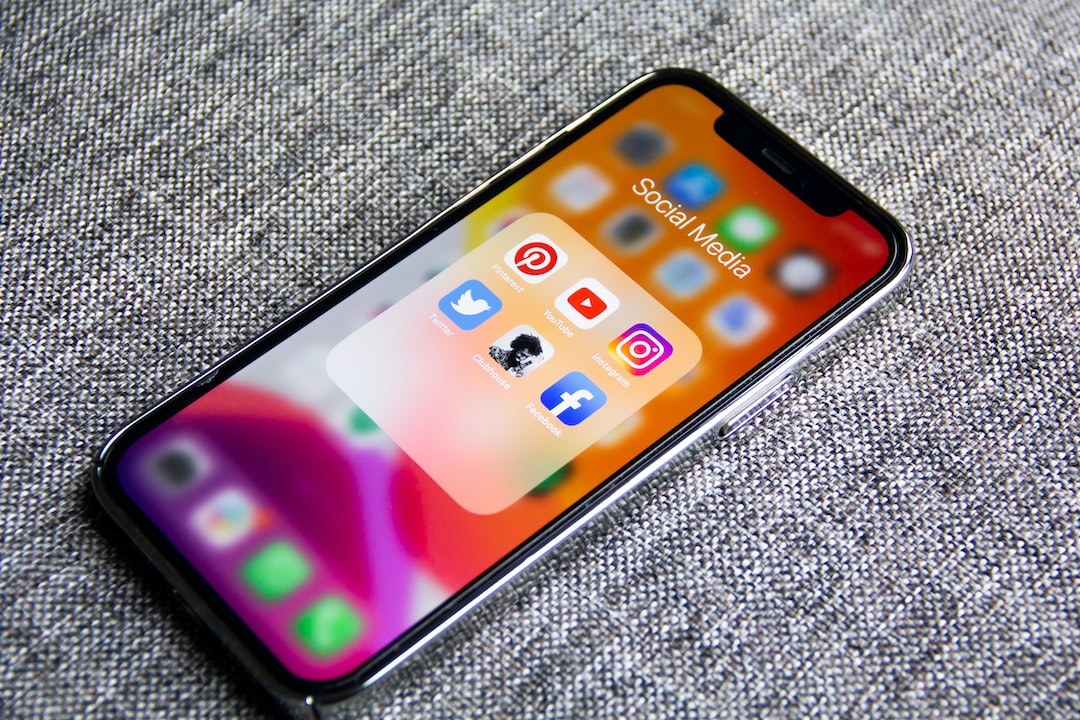In the age of social media, ordinary individuals have become powerful players in shaping the media landscape. With the rise of citizen journalism and the proliferation of viral videos, people from all walks of life now have the ability to make a significant impact on news coverage and public discourse.
Citizen journalism, in its simplest form, refers to ordinary individuals reporting and sharing news stories on their own accord. Armed with smartphones and social media accounts, these citizen journalists provide firsthand accounts of events that traditional news outlets may miss. Whether it’s capturing a breaking news story, documenting a protest, or sharing eye-witness footage, citizen journalists have the power to bring important stories to light.
One of the most notable examples of citizen journalism in recent years is the Arab Spring, a wave of protests and uprisings that swept across the Middle East and North Africa. It was through the power of citizen journalism that the world became aware of the widespread discontent and calls for political change. Ordinary individuals, armed with their smartphones, captured and shared videos of protests, police brutality, and human rights violations, ultimately leading to global awareness and pressure for change.
Viral videos, on the other hand, have the ability to captivate and engage millions of people within a matter of hours. From funny cat videos to powerful social justice messages, these videos can quickly spread across social media platforms, generating massive amounts of views, likes, and shares. In fact, many viral videos have even caught the attention of mainstream media, leading to wider coverage and public discourse.
One infamous example of a viral video that impacted the media landscape is the “Kony 2012” video. Released by the non-profit organization Invisible Children, the video aimed to raise awareness about war crimes committed by Joseph Kony and his Lord’s Resistance Army in Uganda. Within a few days, the video garnered millions of views and sparked a global conversation about the role of social media in activism.
The impact of citizen journalism and viral videos goes beyond just news coverage. These forms of media also have the power to hold individuals and institutions accountable. With the widespread availability of video recording devices, instances of police brutality, corporate misconduct, and political corruption are increasingly captured and shared by ordinary citizens. This has led to increased scrutiny and demands for justice and change.
In conclusion, the rise of citizen journalism and the prevalence of viral videos have significantly impacted the media landscape. Ordinary individuals now have the power to report, share, and shape news stories, while viral videos capture the attention of millions worldwide. These developments have not only brought important stories to light, but also hold individuals and institutions accountable. As we continue to witness the democratization of media, it is essential to recognize the power and responsibility of ordinary individuals in shaping public discourse and influencing societal change.

